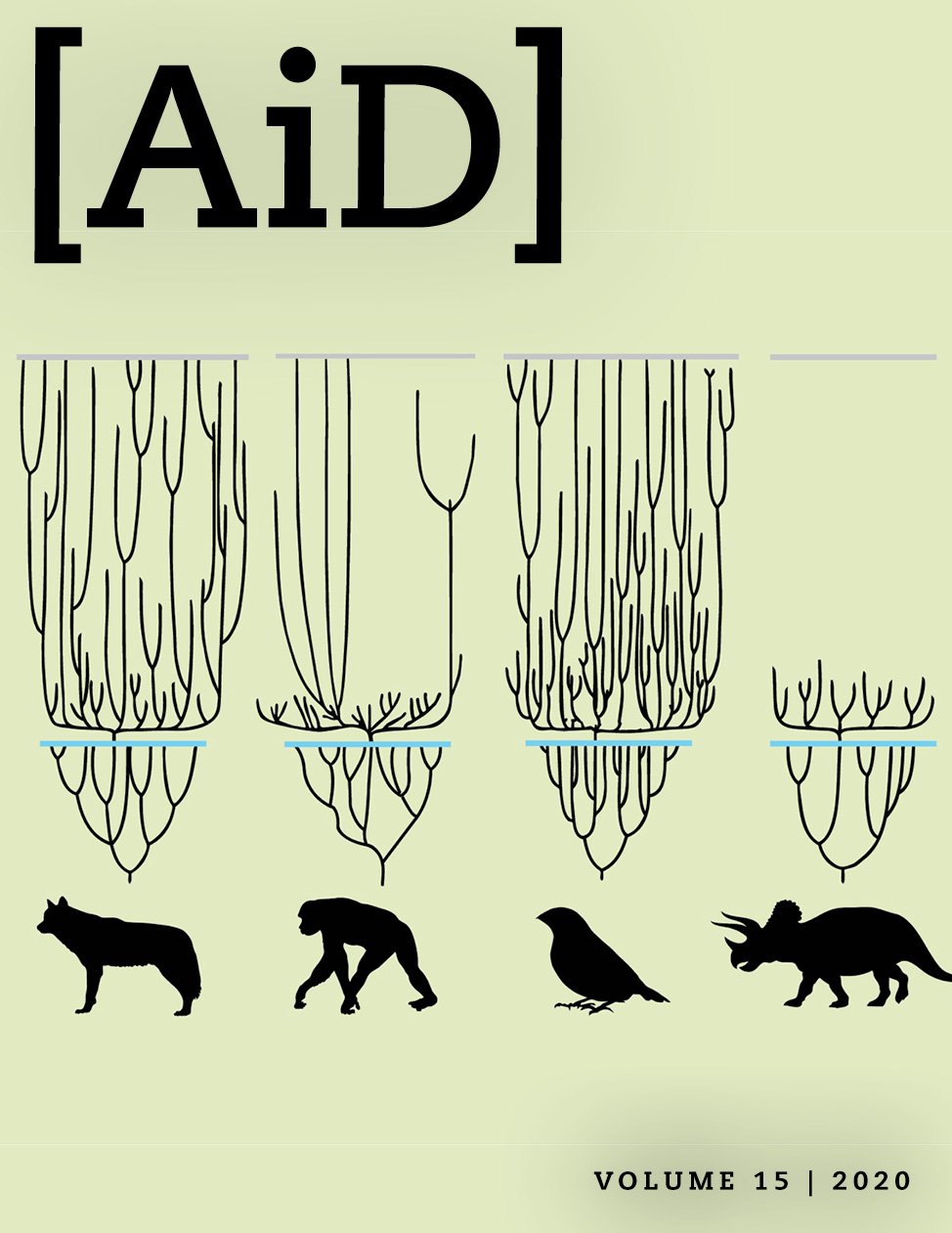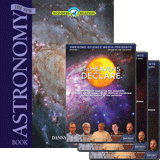
Rethinking Dark Energy: A Fly in the Cosmic Ointment
Introduction
The cosmological world was upset in the late 1990s when two teams of astronomers independently found evidence for dark energy. To put this into context, we must briefly survey modern cosmology.
Nearly a century ago, Edwin Hubble discovered a linear relationship between redshift and distance for galaxies. The most straightforward interpretation of the Hubble relation is that the universe is expanding. According to the Bible, God stretches out the heavens (e.g., Isaiah 40:22, Isaiah 44:24, Zechariah 12:1), so this really wasn’t a big deal for Bible-believers.
Nevertheless, universal expansion became the cornerstone of modern secular cosmology. By the late 1960s, the big bang became the dominant cosmology. The big bang believers posit that the universe suddenly appeared billions of years ago in a hot, expanding state; and that it has been expanding and cooling ever since.
Within the big bang model, the expectation was that the gravity of the matter of the universe would gradually slow expansion. This would show up in the Hubble relation as a departure from linearity, with a slight upturn at a great distance.
Alternately, one would expect to see type Ia supernovae systematically brighter at large redshift as compared to nearby type Ia supernovae. This is what the two teams in the late 1990s attempted to show. However, much to their surprise, the two teams found that at a great distance, the Hubble relation turned downward, with type Ia supernovae at a great distance appearing fainter than expected. This indicated that instead of the expansion of the universe slowing down, it was speeding up. This was contrary to all expectations at the time.
The simplest explanation was that an unknown force was at work in the universe, a force that caused space to repel itself.
What did this mean? The simplest explanation was that an unknown force was at work in the universe, a force that caused space to repel itself. The effect isn’t very strong, but over great distance and time, it added up. But this wasn’t a new idea. More than a century ago, Albert Einstein had realized this possibility and had introduced what he called the cosmological constant. However, cosmologists soon decided that there was no cosmological constant. So, it was quite a shock when, after 75 years, new data forced cosmologists to accept this concept once again.
However, there was one difference. Einstein’s cosmological constant was just that, a constant force of repulsion. But what if this repulsive force isn’t constant? What if cosmic repulsion varied with time? To consider this more general case, cosmologists decided to call this dark energy. The name was chosen to mirror the term dark matter, another idea that was coming to the forefront in cosmology in the 1990s. That is an unfortunate choice of term because dark matter and dark energy really don’t have much in common.
The Fly in the Ointment
Dark energy quickly became widely accepted and adapted to the big bang model. But now a new study has called into question the reality of dark energy.
Dark energy quickly became widely accepted and adapted to the big bang model. But now a new study has called into question the reality of dark energy. These researchers found evidence that other factors could cause type Ia supernovae to appear fainter than expected. They argue that the peak brightness of type Ia supernovae depended upon properties of the galaxies that the supernovae are in. Factors included the morphology (shape), mass, and inferred star formation rate of the host galaxies. The paper suggests that this implies a link between type Ia supernovae brightness and stellar population.
Astronomers recognize two stellar populations: population I and population II, but with gradations within and between the two bins. Population II stars are believed to be older, and the population I stars are thought to be younger. If astronomical distances represent look-back time, then galaxies that are billions of light-years away must be younger than nearby galaxies. Hence, when we sample distant and nearby galaxies, we are seeing two different stellar populations. The recent study suggests that very distant type Ia supernovae appear fainter than expected because they are fainter than expected, not because the expansion of the universe is accelerating.
There is precedent for this sort of thing. For a given temperature, Population II main sequence stars are fainter than population I main sequence stars. This is explained by the higher metal content (which to astronomers means any elements heavier than hydrogen or helium) of population I stars providing more opacity in stellar envelopes.
From the beginning of Hubble’s work nearly a century ago, Cepheid variables have played a key role in establishing the Hubble constant, the measure of how rapidly the universe is expanding. In the 1950s, astronomers came to realize that there were two types of Cepheid variables related to stellar population that had different brightnesses. This recognition played a major role in greatly reducing the Hubble constant in the 1950s. Therefore, it shouldn’t be a surprise that the peak brightness of type Ia supernovae is related to stellar population.
Conclusion
How will this new study be received? It’s too early to tell. If it is correct, then much of cosmology published over the past two decades is wrong—even from a secular perspective!
How will this new study be received? It’s too early to tell. If it is correct, then much of cosmology published over the past two decades is wrong—even from a secular perspective! And the 2011 Nobel Prize in physics was awarded to the leaders of the two teams that discovered that universal expansion is accelerating. Expect those gentlemen to push back. Dark energy has become cosmological dogma, so expect nearly everyone in the field to push back.
What does this new study mean to biblical creationists? Since the big bang model contradicts biblical cosmogony, the big bang is wrong. Even so, many recent creationists likely will jump on board this new study because it undercuts the widely accepted current version of the big bang. Perhaps wisdom and patience are in order here. It is more prudent to wait and see how this develops. It could be that the new study has a flaw that hasn’t been uncovered yet. So we want to encourage researchers to better understand what is going on with this new data before putting the cart before the horse.
Answers in Depth
2020 Volume 15
Answers in Depth explores the biblical worldview in addressing modern scientific research, history, current events, popular media, theology, and much more.
Browse VolumeRecommended Resources

Answers in Genesis is an apologetics ministry, dedicated to helping Christians defend their faith and proclaim the good news of Jesus Christ.
- Customer Service 800.778.3390
- © 2024 Answers in Genesis





